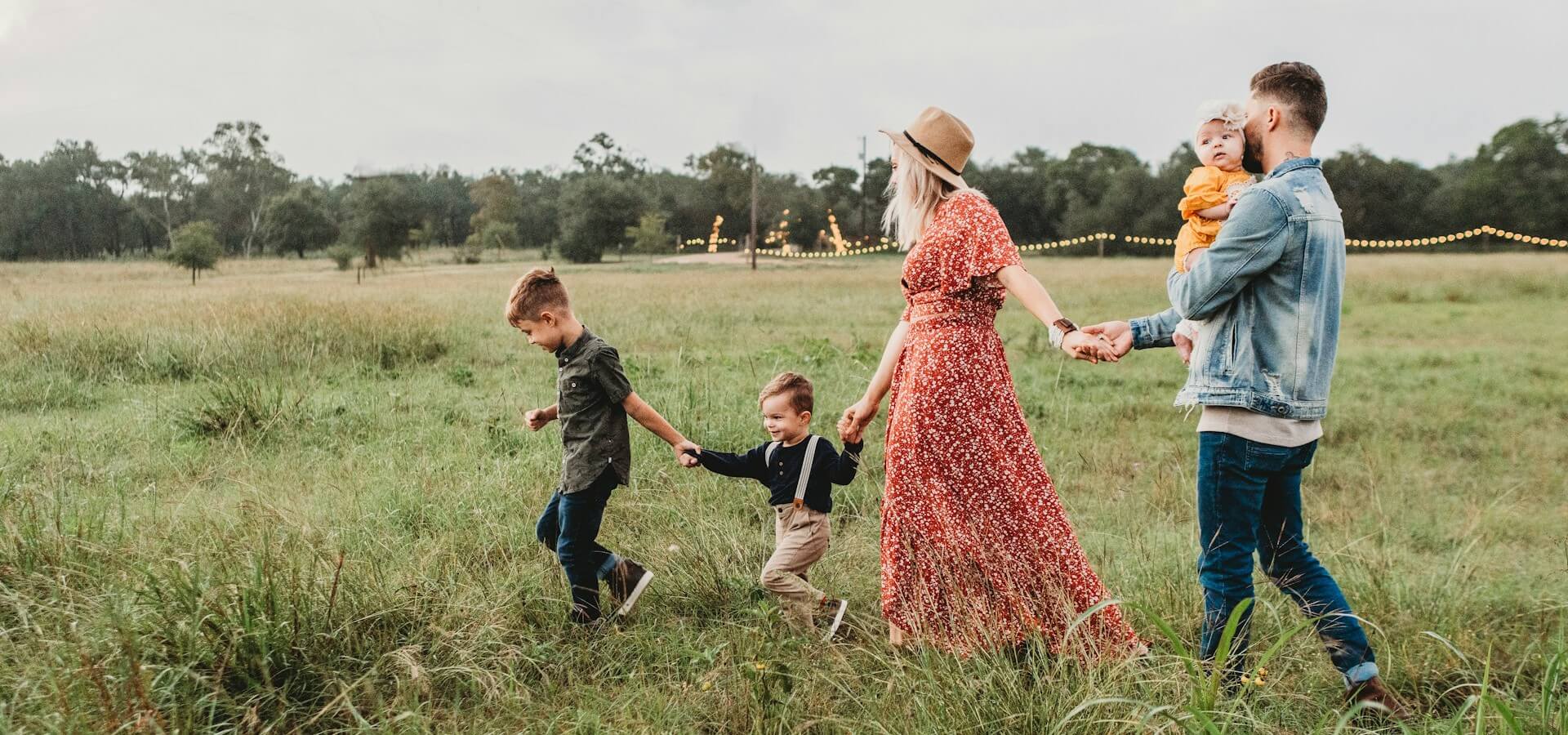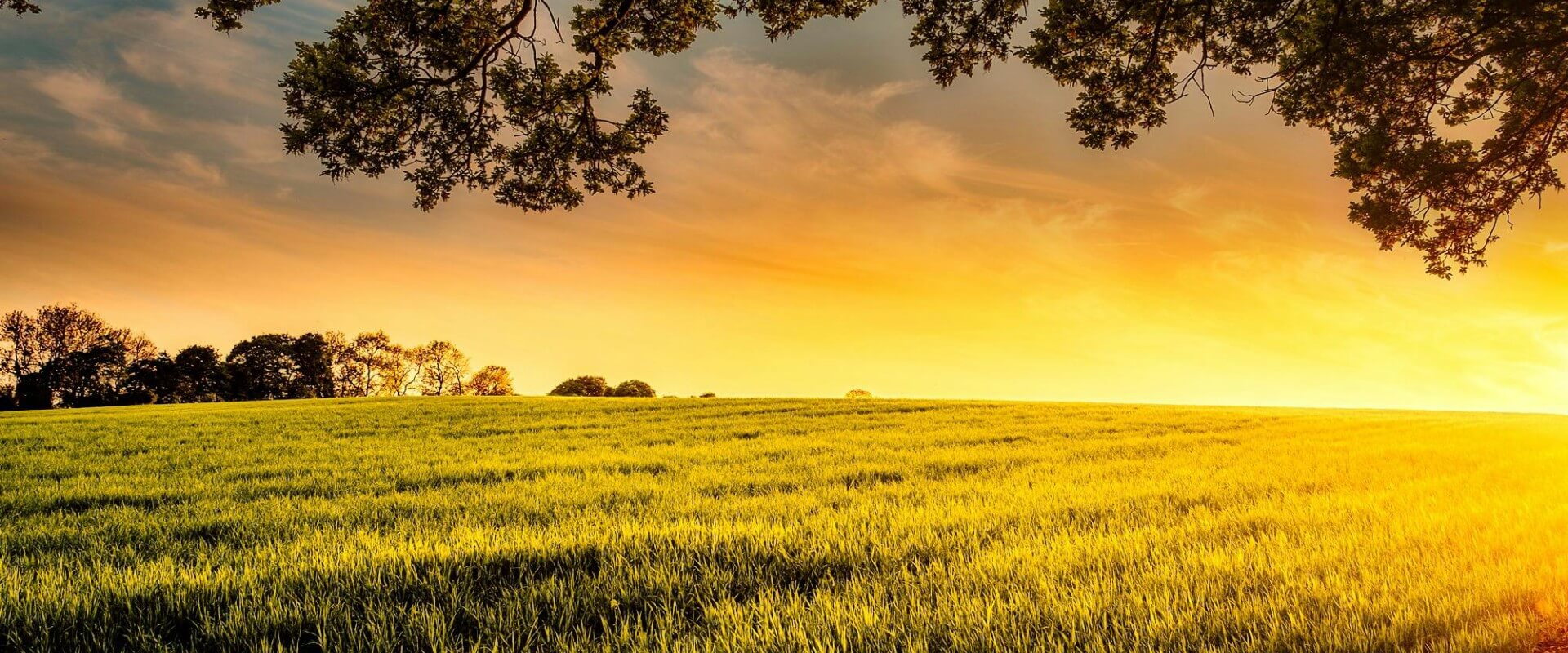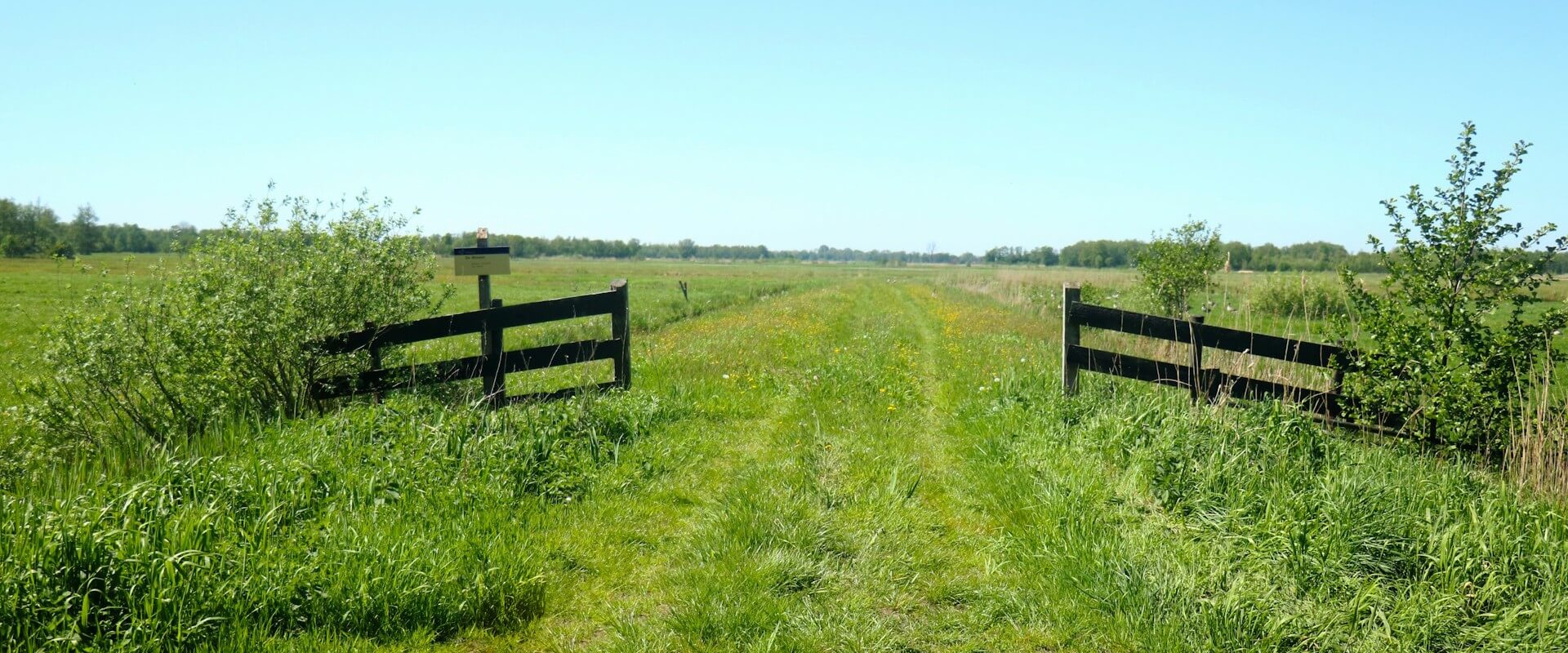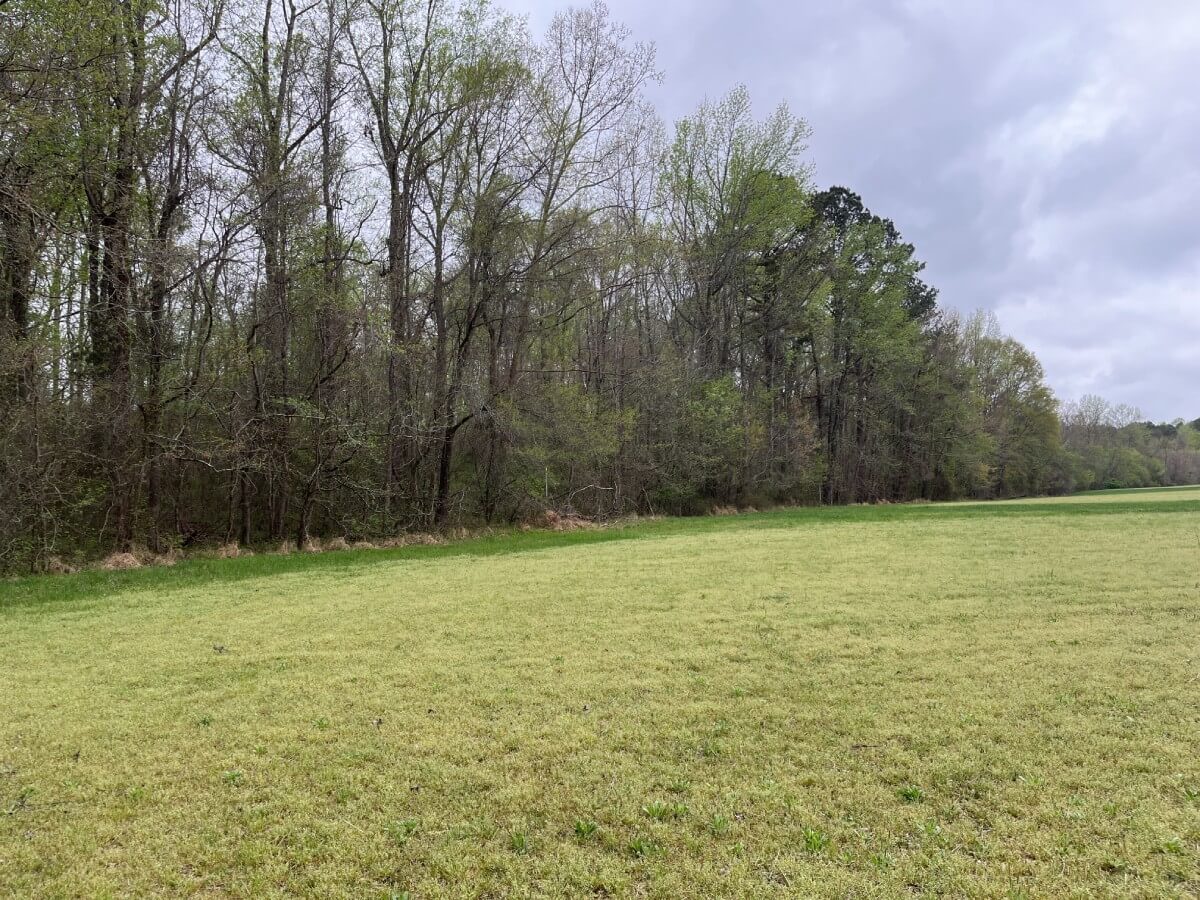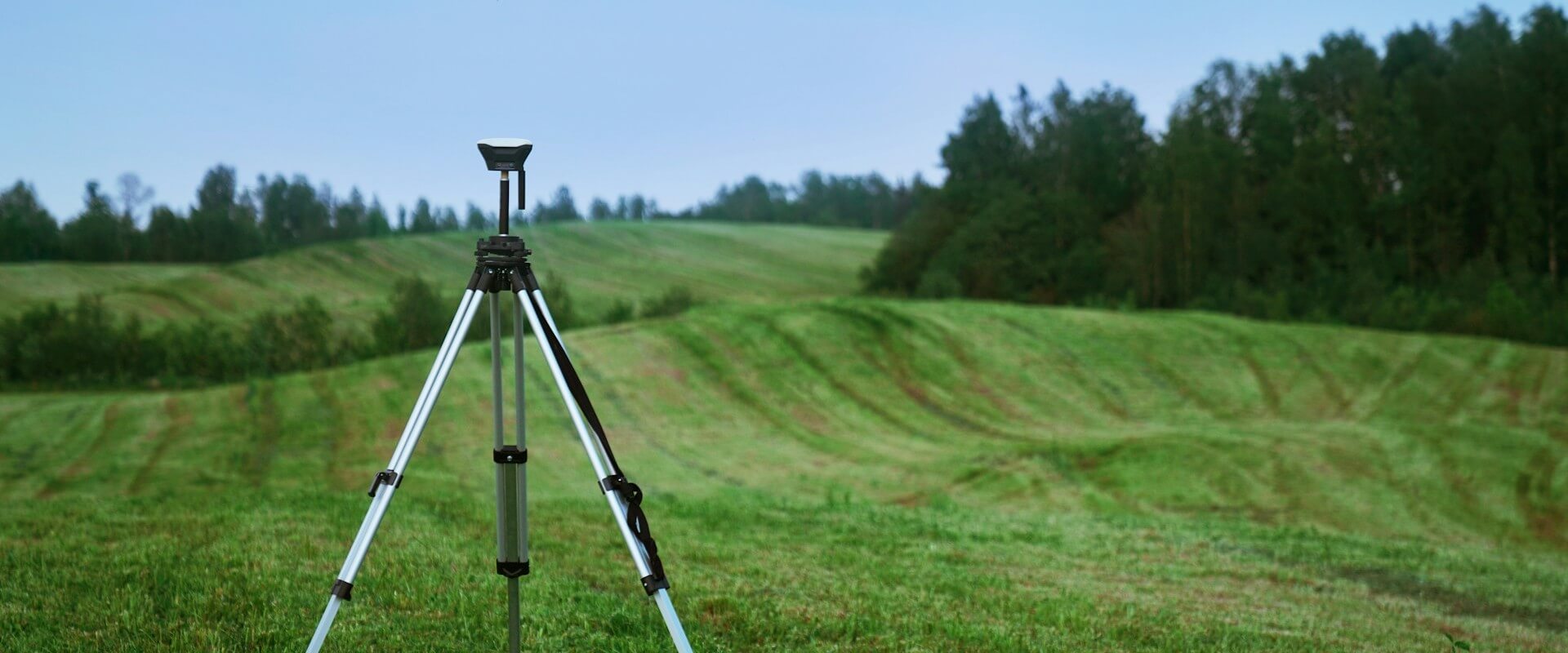Land conservation is a powerful tool that has consistently proven to benefit public health, boost economies, and reduce effects of natural disasters. While we have access to ample data that highlights the tangible benefits of land conservation, there is a key aspect that really can’t be quantified: the preservation of family legacy.
As with any sector, there are many misconceptions about land conservation. Some people might believe that conservation only benefits nature or animals, or that it sets back economic development, or that only large-scale conservation can make a difference. Hopefully, previous blog posts written by our team and in the Conservation Cares series have challenged these beliefs.
While conservation does protect natural habitats, aquatic resources, wildlife, and more, a lesser-known benefit of conservation is the preservation of generational human histories. I absolutely love exploring our conserved properties and seeing all the native plants and wildlife. However, being able to engage with our landowners, sit down with their families, and hear their stories about their life and the love of their land, is one of the greatest privileges of my role here at Unique Places to Save.
How Does Conservation Preserve Our Shared Heritage?
In land conservation work, it is common to focus solely on the ecological benefits and other metrics of conservation. Some of these include easements like:
- Acres Protected
- Biodiversity Supported
- Enhancement of Water Quality
While these metrics are important , there is often a rich history being conserved that can’t be measured. Behind every land conservation project, especially those on working farms, there’s a living tapestry of human history. It is an indication of life lived, the heartbeats of families, the setting for generations of memories, hard work, triumphs, and tribulations.
It is with great honor that I am able to learn about living heirloom properties passed down through generations, offering a direct link to the past. I am able to hear and document firsthand experiences and memories of highly respected individuals within a community, how important their role was within that community, and how those experiences shaped the land to be what it is today.
Land Is A Living Story Still Being Written?
In an effort to preserve natural resources and a rich family history, Unique Places to Save partnered with the Spruill family and The Peanut Factory to conserve 120 acres of the Spruill Conservation Farm.
This farm is incredible for many reasons, including its rich history dating back to the early 1900s. Passed down through generations, this farm has been a staple to the local community and has offered a safe workplace for farmers of color to earn income and produce food for their families.
Another example is Massey Chapel Nature Park. We partnered with the Carlton family, local landowners, the City of Durham, and other stakeholders to preserve a portion of the American Tobacco Trail (ATT). While the ATT holds significant importance to Durham’s history on its own, it is coupled with the rich history associated with the surrounding land at Massey Chapel.
From A Family Farm to Massey Chapel Nature Park
Massey Chapel Nature Park, and the surrounding land, was originally purchased by Harvey Carlton and his wife, Annie Trice. According to information gathered from the community, Harvey Carlton was born around 1836 in eastern Orange County, which would later become Durham County in 1881.
Harvey was born into slavery, where he met and married Annie Trice in 1861. It wasn’t until May 19, 1866 that Harvey and Annie’s marriage was recognized by the state of North Carolina. Just five years after the end of the Civil War, Harvey and Annie had accumulated assets worth $100, which would be worth about $2300 today, and would go on to buy 65 acres of land on September 27, 1878.
Harvey would go on to farm that land until his passing on November 17, 1916, shortly after Annie’s passing in the early 1900s. The land was passed down to their eight children, who continued to farm it until about 1943. According to available records, the property was kept in the family, and then subsequently through a succession of owners until Unique Places to Save purchased a 20-acre portion of the property in February of 2023 with the intent to preserve the legacy of the Carlton family.
The Massey Chapel Nature Park will be an incredibly important piece of North Carolina history, and a tangible embodiment of resilience and perseverance. Through conservation, we are not only able to conserve history, but to conserve and celebrate all the hard work and dedication shown by the Carlton family.
Conservation: A Tool to Saving Family Stories
It is indeed a privilege to be a part of this important process. Each landowner’s story is unique, yet they all share a profound connection to the land and a deep desire to see it thrive for generations to come.
It is important to remember the roots of these conservation properties, that these families didn’t just sign a document to limit development, they are entrusting us with a vital aspect of their family and their heritage. This is when conservation becomes a tool, not a restriction, to release the pressure of development and allow the family to continue their legacy.
Conservation speaks to the universal desire for roots, continuity, and for leaving something meaningful behind. So, the next time you hear about a conservation easement or a land conservation project, I encourage you to look deeper than just at the metrics. Think about the human history and stories that are intertwined with the land.
Consider the families who have poured their lives into the land, and the legacy they are striving to protect. At Unique Places to Save, we are incredibly proud to be facilitators of these legacies which can include your legacy too. Without a doubt, it is a huge privilege to help families ensure that their unique place, and the rich histories they hold, are saved…forever.
About the Author
With dual Master’s degrees in Public Health and Business Administration, Mandi has successfully secured federal grants and managed significant projects that enhance environmental and community well-being. She leverages her diverse background to contribute to sustainable conservation efforts that protect vital ecosystems.
Learn More
